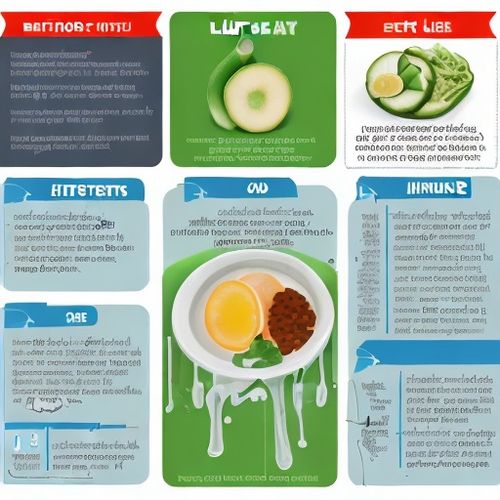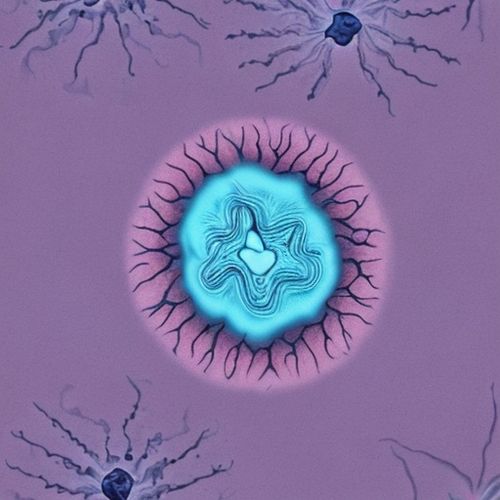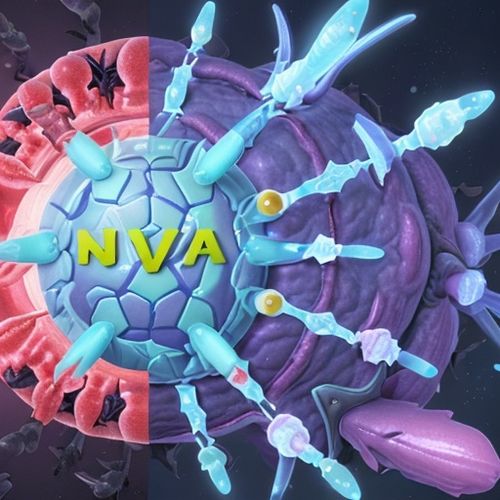The safety of artificial sweeteners has been a topic of intense debate among scientists, health professionals, and consumers for decades. As sugar substitutes become increasingly prevalent in processed foods and beverages, questions about their long-term health effects continue to surface. While regulatory agencies generally recognize these products as safe within recommended limits, emerging research suggests the need for a more nuanced understanding of how different sweeteners interact with our bodies.
A Brief History of Sugar Substitutes
The quest for low-calorie sweeteners began in the late 19th century with the accidental discovery of saccharin. Since then, numerous artificial and natural sugar alternatives have entered the market, each promising the sweetness of sugar without the calories. The most commonly used artificial sweeteners today include aspartame, sucralose, saccharin, and acesulfame potassium, while popular natural options include stevia and monk fruit extract.
Regulatory bodies like the U.S. Food and Drug Administration (FDA) and the European Food Safety Authority (EFSA) have established acceptable daily intake (ADI) levels for these substances based on extensive toxicological studies. However, critics argue that these safety thresholds may not account for modern consumption patterns where people frequently consume multiple products containing different sweeteners throughout the day.
The Gut Microbiome Connection
Recent scientific investigations have focused particularly on how artificial sweeteners affect the gut microbiome - the complex community of microorganisms living in our digestive systems. Several animal studies have shown that certain sugar substitutes can alter the composition and function of gut bacteria in ways that might promote glucose intolerance, a precursor to diabetes.
Human studies in this area remain limited but suggest similar possibilities. A 2022 randomized controlled trial published in Cell found that saccharin and sucralose significantly impacted glycemic responses in healthy adults by altering their gut microbiota. These findings challenge the traditional view that non-nutritive sweeteners are metabolically inert simply because they contain few or no calories.
Metabolic Effects Beyond Calories
Contrary to their intended purpose, some epidemiological studies have associated regular consumption of artificial sweeteners with increased risk of metabolic disorders including obesity, type 2 diabetes, and cardiovascular disease. Researchers hypothesize several mechanisms for these paradoxical effects.
One theory suggests that intensely sweet compounds may disrupt the body's ability to regulate calorie intake by interfering with sweet taste receptors that play a role in glucose metabolism. Another possibility is that artificial sweeteners condition people to prefer sweeter tastes overall, potentially leading to increased consumption of sweet foods and beverages, whether they contain sugar or substitutes.
Neurological Considerations
The impact of sugar substitutes on brain function and mental health represents another emerging area of concern. Some research indicates that artificial sweeteners may influence dopamine pathways differently than natural sugars, potentially affecting reward processing and craving mechanisms. Animal studies have shown that certain sweeteners can induce anxiety-like behaviors, though human data remains scarce.
Particular attention has focused on aspartame due to its phenylalanine content. While generally safe for most people, individuals with phenylketonuria (PKU) must strictly avoid it. Some researchers speculate that even in those without PKU, high aspartame consumption might affect neurotransmitter balance, though current evidence is inconclusive.
Cancer Controversies Revisited
Early concerns about artificial sweeteners and cancer risk stemmed primarily from 1970s studies linking saccharin to bladder cancer in rats. Subsequent research led regulatory agencies to remove saccharin from their carcinogen lists, though some consumer advocacy groups maintain reservations.
More recently, a 2022 French cohort study published in PLOS Medicine reported associations between higher artificial sweetener consumption (particularly aspartame and acesulfame-K) and increased cancer risk. While the study design couldn't prove causation, it has reignited discussions about whether current safety evaluations sufficiently address long-term, low-dose exposure scenarios.
Natural Alternatives Under Scrutiny
Even plant-derived sweeteners like stevia, often marketed as "natural" alternatives, face safety questions. While stevia leaf extracts (particularly high-purity steviol glycosides) are generally recognized as safe, whole leaf stevia products sold as dietary supplements haven't undergone the same rigorous testing. Some research suggests stevia might affect hormone receptors or interact with certain medications.
Monk fruit sweetener, another natural option, appears to have fewer reported concerns but lacks the extensive research history of older artificial sweeteners. The extraction and processing methods used to create commercial monk fruit products may also influence their safety profiles.
Special Populations and Individual Variability
Growing evidence suggests that artificial sweeteners may affect people differently based on individual factors like baseline metabolism, existing health conditions, and gut microbiome composition. Pregnant women, children, and individuals with metabolic disorders may represent particularly vulnerable groups requiring special consideration.
A 2023 study in Gut Microbes demonstrated that people's glycemic responses to the same sweeteners varied dramatically based on their unique microbiome profiles. This highlights the limitations of one-size-fits-all safety recommendations and points toward potential future personalized nutrition approaches.
Regulatory Responses and Industry Practices
In light of emerging research, some health authorities have begun reevaluating sweetener safety standards. The World Health Organization recently issued conditional recommendations suggesting that non-sugar sweeteners shouldn't be used for weight control, marking a significant shift from previous positions.
Food manufacturers have simultaneously worked to develop new sweetener blends that combine multiple compounds at lower individual doses, theoretically reducing potential risks while maintaining desired sweetness profiles. However, the safety of these novel combinations often relies on the existing data for each component rather than specific testing of the blends themselves.
Consumer Dilemmas and Practical Guidance
For consumers navigating this complex landscape, experts generally recommend moderation rather than complete avoidance of sugar substitutes. Those particularly concerned might opt for sweeteners with more extensive safety records like sucralose or stevia glycosides, while being mindful of total consumption across all products.
Perhaps the most prudent approach involves gradually reducing both sugar and sweetener intake to reset taste preferences toward less intensely sweet flavors. This strategy aligns with growing evidence that our healthiest relationship with sweetness may not involve finding perfect substitutes, but rather cultivating an appreciation for foods in their natural, less processed states.
As research continues to evolve, one thing becomes increasingly clear: the story of artificial sweetener safety is far more complex than initially believed, requiring ongoing scientific inquiry, transparent communication, and thoughtful individual choices.

By Sarah Davis/May 19, 2025

By Natalie Campbell/May 19, 2025

By George Bailey/May 19, 2025

By Lily Simpson/May 19, 2025

By David Anderson/May 19, 2025

By Olivia Reed/May 19, 2025

By Amanda Phillips/May 19, 2025

By Sophia Lewis/May 19, 2025

By Olivia Reed/May 19, 2025

By Emily Johnson/May 19, 2025

By John Smith/May 18, 2025

By Eric Ward/May 18, 2025

By Jessica Lee/May 18, 2025

By Jessica Lee/May 18, 2025

By Sophia Lewis/May 18, 2025

By Rebecca Stewart/May 18, 2025

By Emily Johnson/May 18, 2025

By Rebecca Stewart/May 18, 2025

By Megan Clark/May 18, 2025

By Megan Clark/May 18, 2025